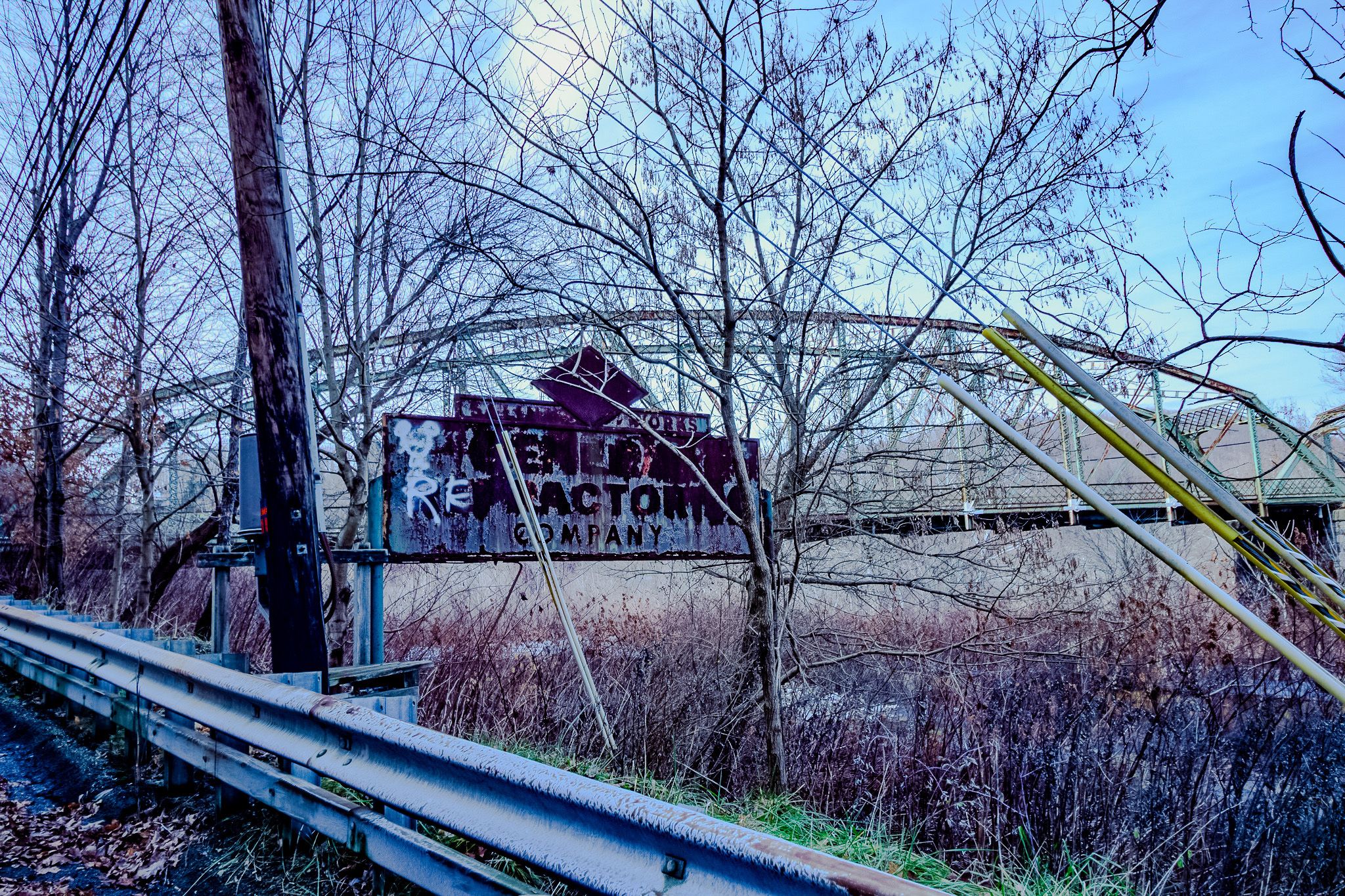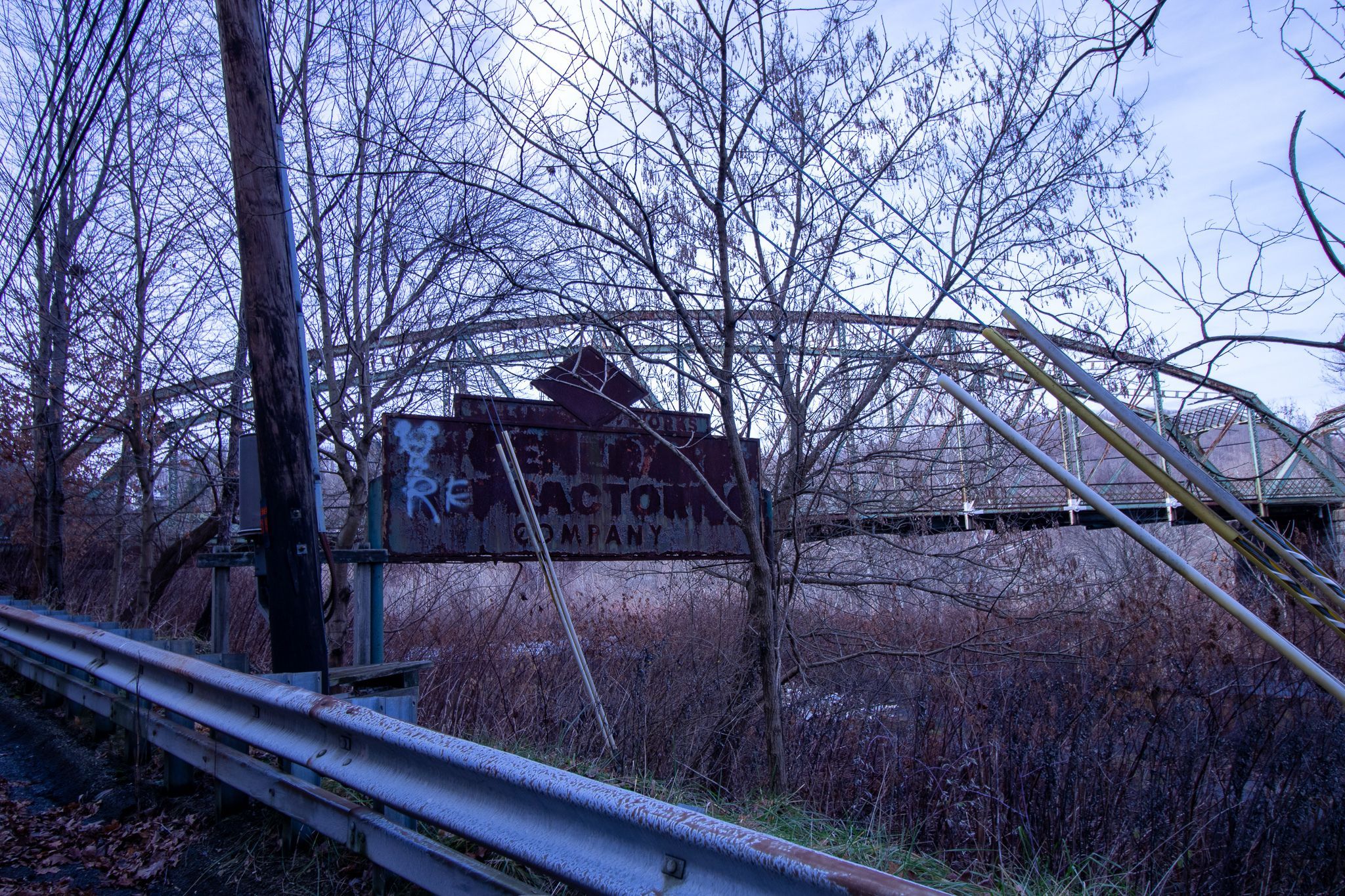Introduction: Nestled in the heart of Pennsylvania, where the Kiskiminetas River flows gently, lies the historical Salina Bridge. This iconic structure, carrying State Route 1060 over both the river and the Norfolk Southern Railway, is a testament to the area’s rich history, including Bell and Kiskiminetas Townships in Westmoreland and Armstrong Counties. In this blog post, we delve into the story of the Salina Bridge, its connection with the past, and the ongoing efforts to preserve its legacy.
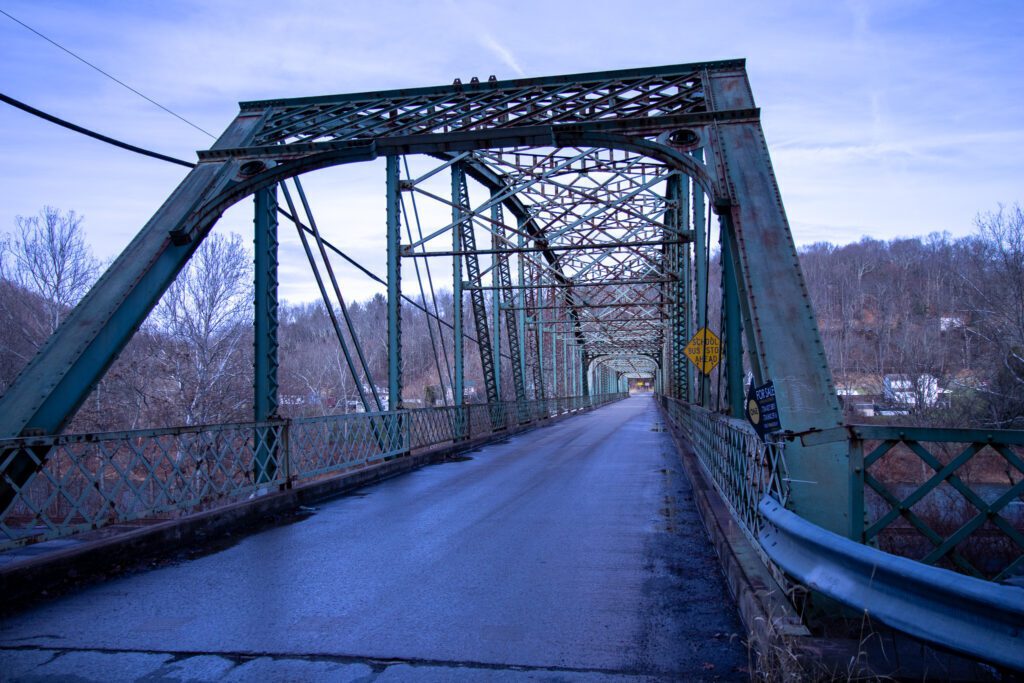
The Historical Significance: The Salina Bridge, a remarkable metal 11-panel pin-connected Parker Through Truss bridge, was built in 1906. It spans the Kiskiminetas River, linking the communities of Salina and Edmon. But the bridge is more than just a crossing; it’s a portal to the past. Beneath its abutments lie the remnants of the 1831-1857 canal towpath, a crucial part of the Western Division of the Pennsylvania Main Line Canal. This towpath, with its unique slackwater design, played a vital role in the state’s early transportation system.
A Story of Resilience: The Salina Bridge has witnessed significant historical events, including catastrophic floods that reshaped its landscape. The most notable floods occurred in 1889, 1905, and 1936, each leaving an indelible mark on the region. The current bridge stands on the site of previous structures, including an 1875 bridge lost to the infamous “Johnstown Flood” and a successor swept away in the 1905 flood.
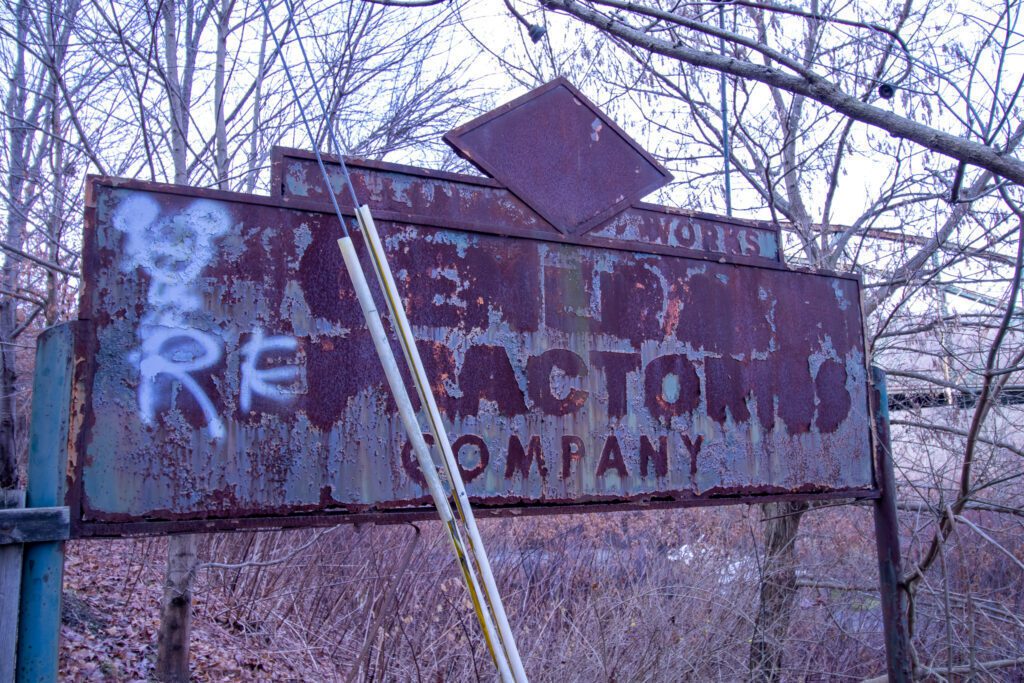
A Glimpse into Industrial Past: Adjacent to the bridge is the historic Kier Fire Brick Factory, a cornerstone of the region’s industrial heritage. Established circa 1874, the factory was instrumental in the production of fire bricks, utilizing local clay and coal. It symbolizes the era’s industrial vigor, especially in brick-making, and its impact on the community is evident in the brick factory town of Salina, a settlement that thrived alongside the factory.
Preservation Efforts: Recognizing the importance of these historical assets, PennDOT has undertaken significant efforts to mitigate the adverse effects of bridge construction on the Salina Bridge, the Kier Fire Brick Factory, and the Pennsylvania Canal towpath. These efforts include educational initiatives like story maps to inform the public about the area’s historical significance.
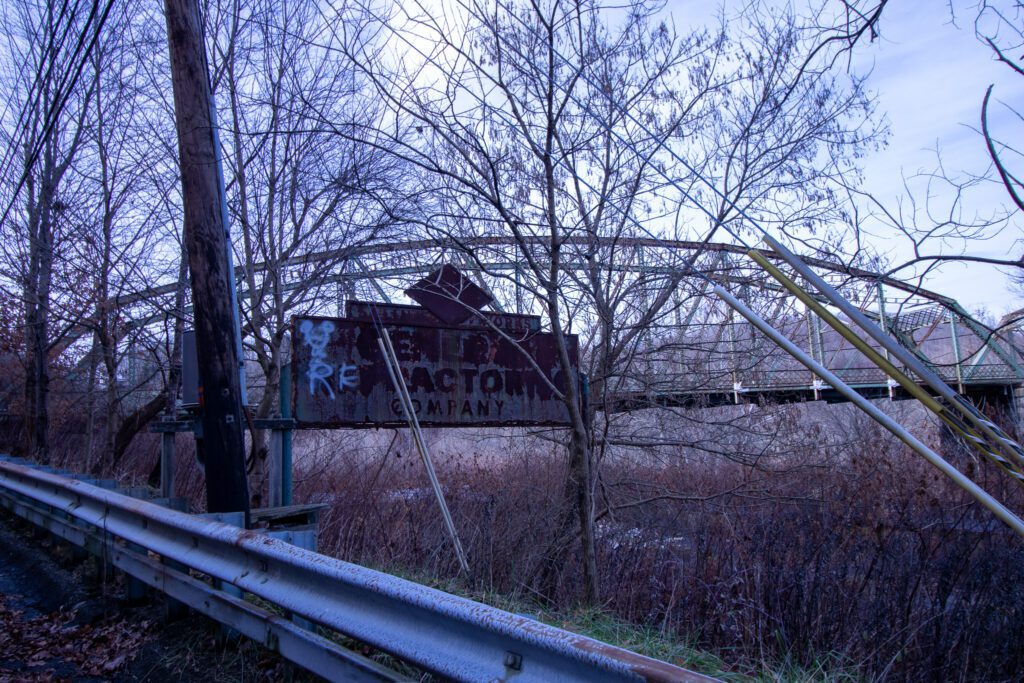
The Future of Salina Bridge: Despite the challenges, the Salina Bridge project is moving forward, with plans to replace the bridge while minimizing impacts on nearby historic sites. This project involves collaboration with various stakeholders, including local communities, historical societies, and state preservation offices.
Conclusion: The story of the Salina Bridge is a remarkable journey through time, reflecting Pennsylvania’s rich history and industrial past. As we embrace modern infrastructure needs, we also acknowledge and preserve our heritage.


